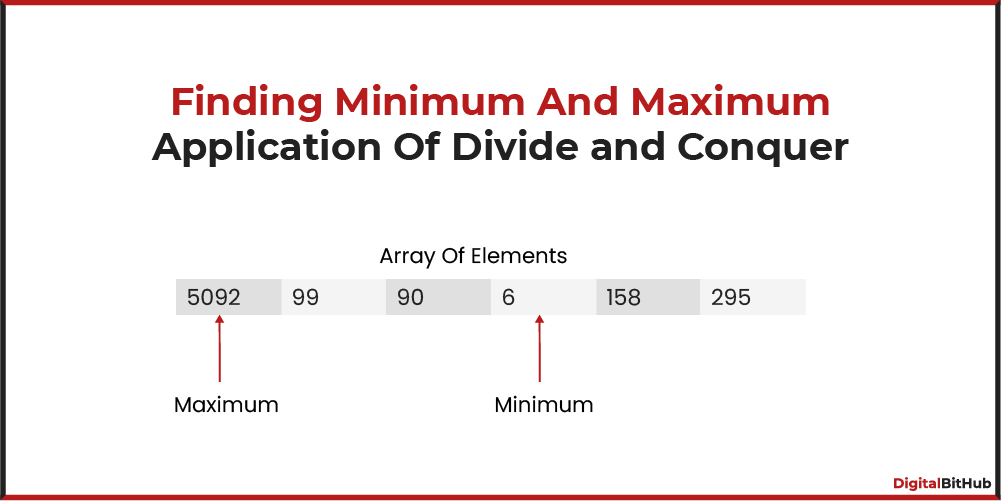Merge sort is a popular sorting algorithm that is widely used in computer science and software development. It is an efficient algorithm that is known for its speed and scalability, and it is often used to sort large data sets. In this article, we will take a closer look at the merge sort algorithm, how it works, and how it can be implemented in code.
Overview of Merge Sort Algorithm
The merge sort algorithm is based on the divide-and-conquer strategy. This means that the algorithm divides the input data into smaller pieces, sorts them individually, and then merges them back together in sorted order. The merge sort algorithm uses a recursive approach to achieve this, breaking down the input data into smaller and smaller pieces until each piece is small enough to be sorted.
The basic steps of the merge sort algorithm are as follows:
- Divide the unsorted list into n sublists, each containing one element (a list of one element is considered sorted).
- Repeatedly merge sublists to produce new sorted sublists until there is only one sublist remaining. This will be the sorted list.
Let's take a closer look at how each step works.
Step 1: Divide the unsorted list
To start the merge sort algorithm, the unsorted list is divided into n sublists, each containing one element. This is done recursively, with each sublist being further divided until each sublist contains only one element. At this point, each sublist is considered to be sorted.
Step 2: Merge the sublists
Once the sublists have been sorted individually, they are merged back together to create new sorted sublists. The merging process involves comparing the first element of each sublist and selecting the smallest element to be placed in a new merged list. This process is repeated until all of the elements have been placed in the new merged list.
The merging process can be achieved using a temporary array to hold the merged elements. This array is then copied back to the original array to complete the sorting process.
Implementing Merge Sort in Code Now that we have a basic understanding of how the merge sort algorithm works, let's take a look at how it can be implemented in code.
Here is a simple implementation of the merge sort algorithm in Python:
def merge_sort(array):
if len(array) <= 1:
return array
# Divide the array into two halves
mid = len(array) // 2
left_half = array[:mid]
right_half = array[mid:]
# Recursively sort each half
left_half = merge_sort(left_half)
right_half = merge_sort(right_half)
# Merge the two halves back together
result = []
i = j = 0
while i < len(left_half) and j < len(right_half):
if left_half[i] < right_half[j]:
result.append(left_half[i])
i += 1
else:
result.append(right_half[j])
j += 1
result += left_half[i:]
result += right_half[j:]
return resultThis code implements the merge sort algorithm using a recursive approach. The merge_sort function takes an array as input and recursively divides it into smaller subarrays. The subarrays are then sorted individually and merged back together using the merge function.
The merge function compares the first elements of two subarrays and selects the smaller one to be placed in a temporary array. This process is repeated until all elements have been placed in the temporary array. The temporary array is then copied back to the original array to complete the sorting process.
Conclusion
Merge sort is a powerful sorting algorithm that is widely used in computer science and software development. It is an efficient algorithm that is known for its speed and scalability













